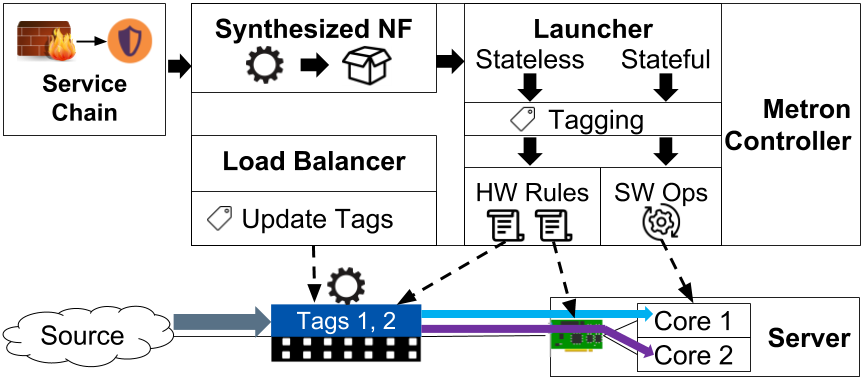We have recently presented our work on probabilistic abstractions for proactive multi-RAT control and management at the 5GMan workshop held in conjunction with NOMS 2018. To our joy, this paper also received the “Best Paper Award”. In this paper, we motivate the need of probabilistic abstractions for monitoring and management of multi-RAT networks. We highlight the challenges involved and propose a simple, yet effective, management approach based on monitoring the empirical distribution of the estimated attainable throughput. Initial results indicate that using such probabilistic abstractions in mobile management applications for inter-RAT interface selection scenarios (WiFi-LTE) can substantially reduce the number of performance violations relative to throughput objectives (by 116%) and lead to significantly fewer handovers (by 35x) compared to state-of-the-art approaches.
The full paper is available here: http://www.diva-portal.org/smash/record.jsf?pid=diva2%3A1204509&dswid=4672
Credit
This work was done by Akhila Rao and Rebecca Steinert in the Network Intelligence group at RISE SICS. The full abstract and a link to the paper follows.
Abstract
Development towards 5G has introduced difficult challenges in effectively managing and operating heterogeneous infrastructures under highly varying network conditions. Enabling, for example, unified coordination and management of radio resources across coexisting, multiple radio access technologies (multi-RAT), require efficient representation using high-level abstractions of the radio network performance and state. Without such abstractions, users and networks cannot harvest the full potential of increased resource density and connectivity options resulting in failure to meet the ambitions of 5G.
We present a generic probabilistic approach for unified estimation of performance variability based on attainable throughput of UDP traffic in multi-RATs, and evaluate the applicability in an interface selection control case (involving WiFi and LTE) based on obtaining probabilistic user performance guarantees. From simulations we observe that both users and operators can significantly benefit from this improved service availability at low network cost. Initial results indicate 1) 116% fewer performance violations and 2) 20% fewer performance violations with a reduction by 35 times in the number of handovers, compared to naive and state-of-the-art baselines, respectively.

